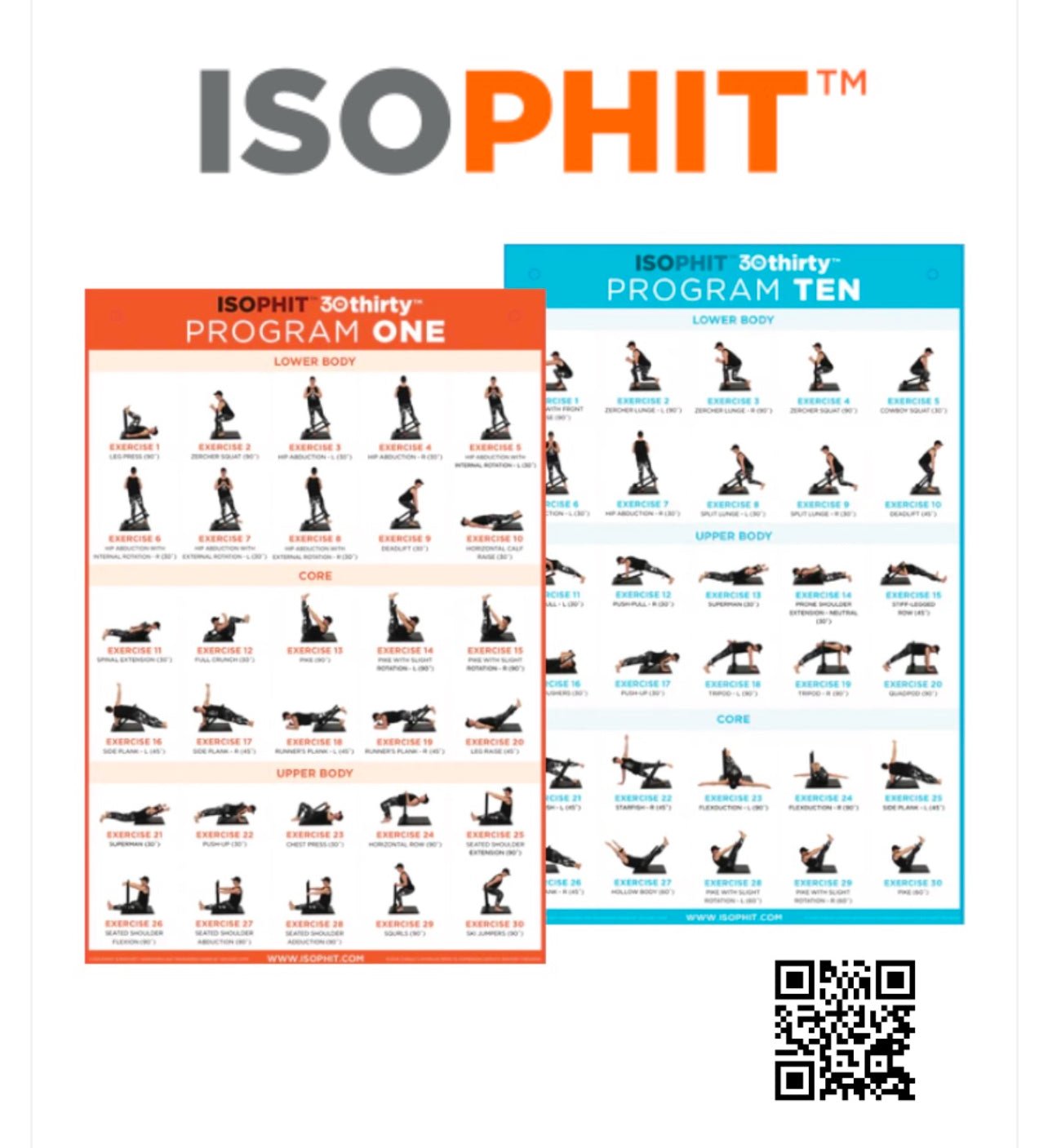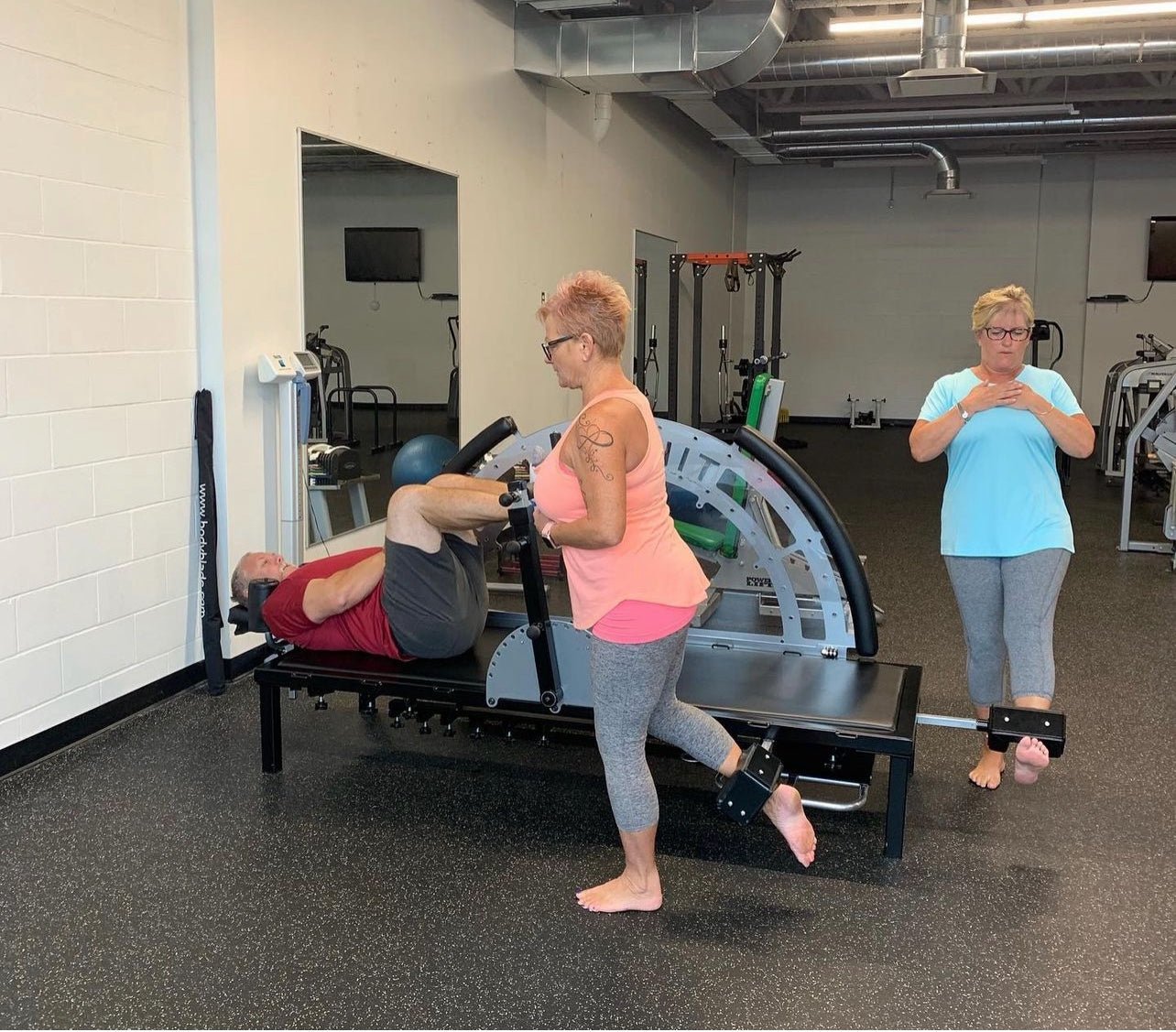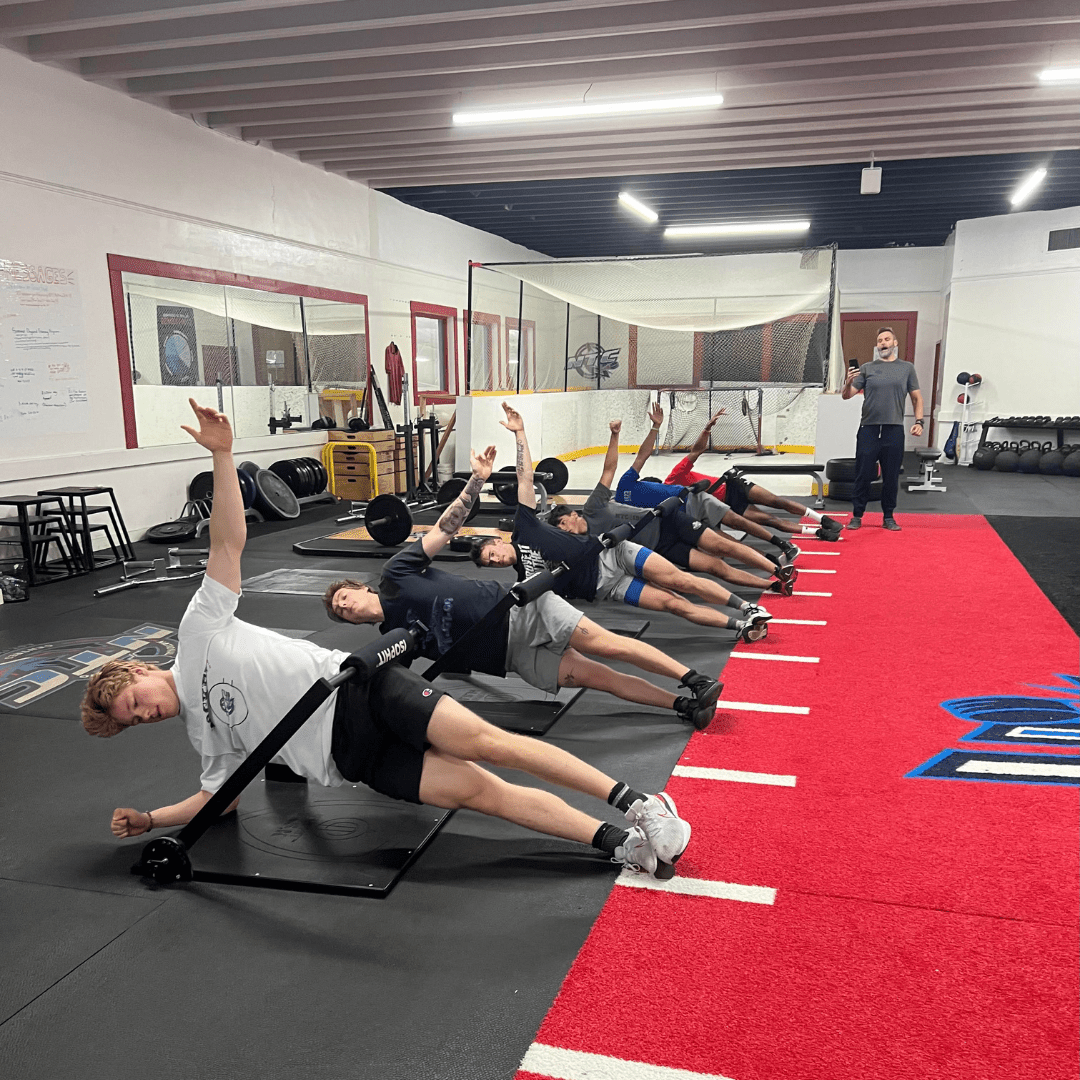Amyotrophic lateral sclerosis (ALS), a devastating neurodegenerative disease, is marked by the progressive degeneration of motor neurons, leading to severe musculoskeletal deterioration and eventually, fatal outcomes. Unfortunately, despite extensive research, there is still no effective medical treatment available for ALS. As a result, scientists and healthcare professionals have been diligently exploring alternative approaches, such as physical exercise routines, to slow down the degenerative process.
A recent study conducted by Alarcón-Jimenez et al. (2022) delved into the potential benefits of isometric strength training for individuals with ALS. The objective of the study was to investigate muscle strength and fatigue in ALS patients performing a unilateral exercise, while considering factors such as sex and type of ALS. The researchers conducted a cross-sectional, analytical study involving 23 ALS patients who performed five maximal unilateral isometric contractions with the right and left biceps brachii. Muscle activation was measured using surface electromyography in various muscle groups.
Read the Study: Muscular Response in ALS Patients during Maximal Bilateral Isometric Work of the Biceps Brachii until Fatigue
The study revealed intriguing findings that shed light on the effectiveness of isometric strength training for ALS patients. One notable result was the observation of more pronounced fatigue in male patients compared to female patients, especially on the dominant side. Moreover, regardless of sex or type of ALS, there was evidence of a coactivation effect on muscles surrounding the working joint. This phenomenon demonstrated a growing activation of synergistic muscles, emphasizing the importance of targeted isometric exercises in ALS patients.
Based on these findings, the researchers proposed the use of systematic and extensive isometric strength training exercises, as a non-invasive method for maintaining functional capacity in ALS patients. The study's conclusions emphasized that when fatigue increases during high-density maximum force exercise on agonist musculature, there is a synergistic neuronal response from the antagonistic muscles and the muscle groups distant from the contracting joint. This adaptive capacity, when positively influenced by specific exercise programs, may significantly impact the functional capacity and overall quality of life for individuals with ALS.
The study conducted by Alarcón-Jimenez et al. offers valuable insights into the potential benefits of isometric strength training for ALS patients. By understanding muscle activation patterns and incorporating targeted isometric exercise routines, healthcare professionals can design more effective interventions to slow down degeneration and enhance the functional capabilities of individuals with ALS. Although there is still much to learn about the disease, this study provides a promising avenue for improving the lives of ALS patients and highlights the significance of ongoing research in this field.
Huge shoutout to Isophit family members Kurt Browning and Rachel Dix for all their love and support over the years. Training with Rachel in Toronto at the Isophit Strength Zone.
For further information on isometric strength training and its profound impact on functional health and performance, visit our website at www.isophit.com or reach out to me via my email at brad@isophit.com.
Yours in Isometric Strength,
Brad Thorpe
CEO / Inventor
Isophit










Share:
Isophit: ACL Injury Prevention Doesn’t Have to be Complicated.
Isophit: The Importance of Isometric Strength in Weightlifting.